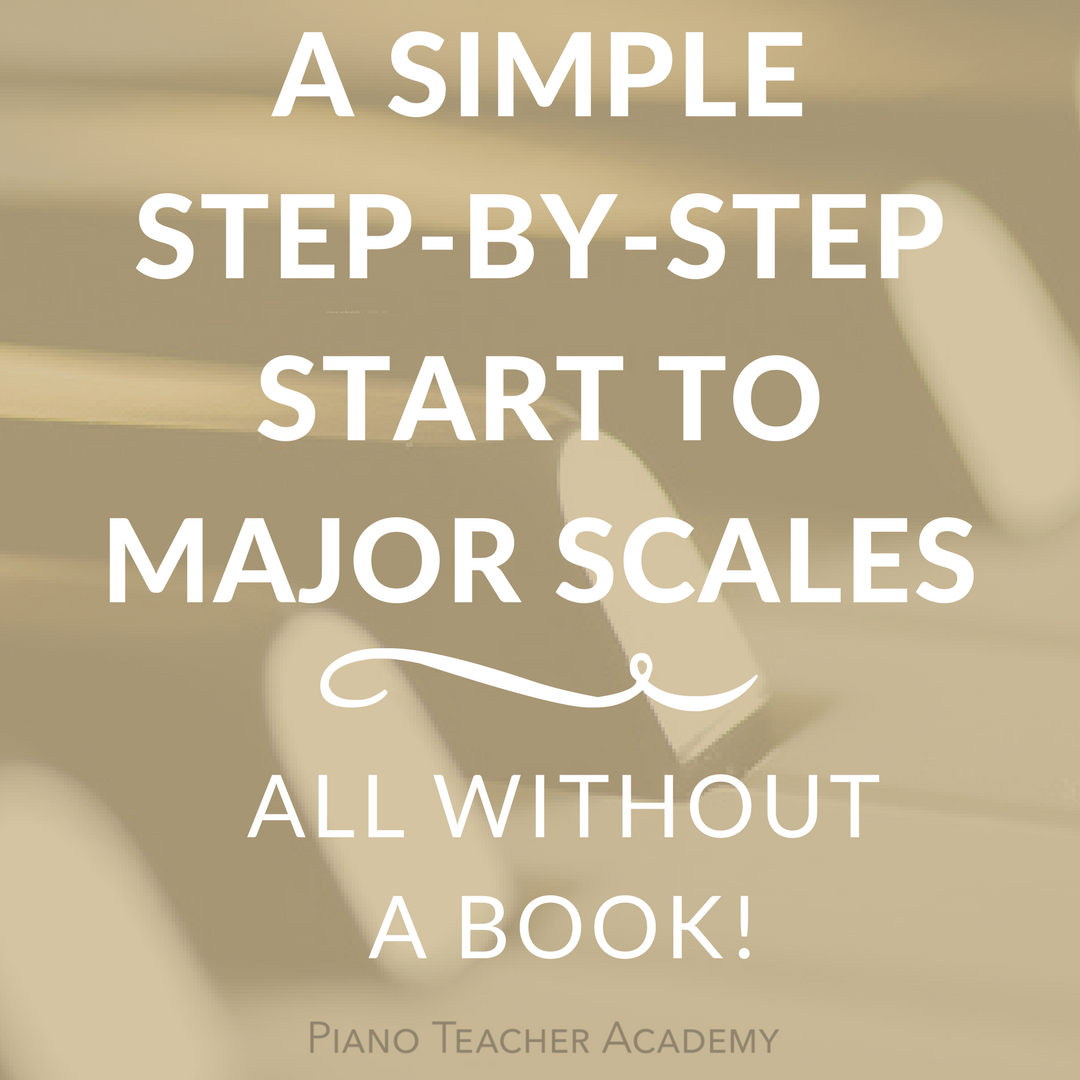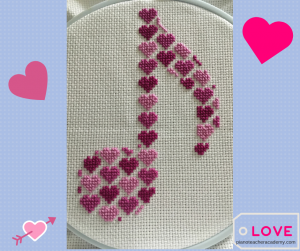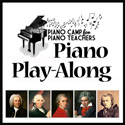Bartok, For Children Vol. I, Play-Along: Post Seven (Nos. 36-40 Reaction)
Here we are. The final homestretch! How many of you made it this far, as of this writing (Feb. 28, 2015)? Even if you’re reading this at a later date, I hope you’ve had a chance to read all 40 pieces from Vol. I and that you discovered some new and interesting aspects about Bartok’s piano writing. I know I did. If you haven’t yet had a chance to read the entire set, please start HERE, move along at your own pace, and feel free to comment with your own observations/questions in the Comments section below. There’s no absolute close to a Play-Along. Jump in anytime!
Quick-scan observations about Nos. 36-40:
- All pieces are I (Intermediate) to LI (Late Intermediate) in level.
- Continued use of variations form – A A’
- Melody in the RH as usual, but two pieces incorporate melody in the LH
- Extended range for both hands, with more LH involvement overall.
- Continued use of chords to create a richer texture – either broken chords or 3 or 4-note blocked chords
- Melodic figuration becomes more intricate with part-writing and voice leading concerns.
- More virtuosity appears with dramatic differences in dynamics and tempi (EX: extended cresc. or dim.; accelerando)
No. 36 – Drunkard’s Song
This is Nos. 34 through 36 played as a set (as intended). Scroll to 1:03 for No. 36 only. Effective student performance.
Impressions While Playing: This piece is one of the faster and more aggressive pieces seen so far in the set. It’s also one of the richest in texture, with bolder dynamics and a wide range. There’s only one measure of “calm” –m. 14 (with rallentando).
Teaching Value: At this writing, I’m currently teaching Nos. 34, 35, and 36 as a set to a 10-year old boy at intermediate level. He decided to start with this piece which was the one that instantly attracted him. Despite the controversial title, I could see how a boy would be attracted to the masculine sound of this work. The playing involved is bold and showy and yet it’s a short work that could be mastered in a relatively short amount of time. It requires good control of the quick, rhythmic 4-note chords (mm. 3-4) and a student would need to prep for quick hand position changes throughout. I like the fact that Bartok included all types of accents, tenutos, plus staccato and very specific pedalling indications — a lot for the student to take in and absorb.
Take Note: Once again Bartok utilizes his favorite variations form seen so far in many of the pieces — A A’. I really enjoyed his re-harmonization of the tune the second time. His use of the C9 harmony in m. 9 creates depth and much different mood with the Key of B-flat Major at the center rather than the previous G minor. I intend to discuss Bartok’s variation in harmony as my student gets his head wrapped around the notes. If he can i.d. harmonies (chords), it will make it much easier for him to memorize the piece.
Recommended For: An intermediate student who likes bold, outward playing with high impact in just 20 measures of time.
Correlates To: Faber Piano Adventures mid-Level 4 or higher (I)
No. 37 – Swine-herd’s Song
Impressions While Playing: Another boisterous piece in the key of G minor, but it feels faster than No. 36 due to the moving eighth notes. I haven’t noticed so much quick LH work in any of the previous pieces and that was refreshing. I liked hearing the tidbits of G Major (mm. 12, 26-27) which added levity to the mostly minor mode.
Teaching Value: I asked a couple of students (ages 9-11) what a “swine-herd” was and they hesitated and had to think on it some. I asked them about “swine” and then it all started to make sense, but admittedly they said they hadn’t heard of a swine-herd before. I told them that Bartok must have seen several because he refers to them more than once in his piano pieces.
This is an excellent etude in quick 2-note slurred groups with a workout in doubled notes as well. Quite tricky as the hands often move in opposed directions. Independence of each hand is a must for efficiency in achieving the final tempo. Once again, Bartok is great at providing specifics on fingering.
Take Note: Again Bartok uses a simple form: LINE 1: A + B phrases LINE 2: C + B’ phrases. He then just re-iterates particular 4 mm. phrases using different harmonies.
Similar to No. 36, he incorporates a fast-moving section (Coda) for a driving close to the piece.
Recommended For: A student who would like a short technical challenge that’s impressive, skill-building, yet short.
Correlates To: Faber Piano Adventures Level 5 or higher (Late Int.) – due to tempo and extensive LH figuration
No. 38 – Winter Solstice Song
Impressions While Playing: A busy, but cheerful ostinato work. It’s commonly taught and very appealing to students because of the overall cresc./dim. contained within. The final crescendo blast of a Coda is fun. The tempo of 160 seems fast but the non-legato effect can be easily handled at this tempo with bounces from the wrist. If often refer to this motion as “shaking it out of your sleeve.”
Teaching Value: I’ve taught this piece on a couple of previous occasions. Students are drawn to the pervasive LH ostinato and the effect of both hands “pouncing” all over the place. It’s also an excellent listening exercise as the piece gradual gains volume and then gradually decreases. What makes it a bit intricate is Bartok’s very specific indications for accents and tenuto. I spend most of my time getting students to realize this differences quite precisely. And once again, variations form here with a Coda.
Take Note: Did you notice a few other details by Bartok? — 1. m. 5 – how he indicates the use of both RH fingers 1 and 2 for the low F. This creates a much sturdier marked effect. 2. The use of marcatissimo in m. 53 increasing to a ff rather than the usual marcato seen in mm. 5 and 88. I often tell my students to beware of making too quick of a dim. on page 2. They often arrive at m. 71 too quietly.
Recommended For: Someone who needs needs to come out of his/her shell a bit and get creative with gradual sound build-up and decay.
Correlates To: Faber Piano Adventures latter part of Level 4 or higher (Late Int.) – due to the non-legato, a technique which may be unfamiliar to some intermediate-level students.
No. 39 – Untitled (Allegro moderato)
Impressions While Playing: This is very sophisticated writing. How often do pieces start with a LH melody so low on the piano? And how often do both hands get to play the melody three 8ves apart (see m.9). Bartok creates somewhat of a chilling effect here. For this entire piece, he simply variates an 8-mm theme until the final Coda in m. 63, but he does so in such an interesting way each time. How could a player ever get bored? He even includes an accel. variation! Yippee! Permission to rush on purpose….;-)
Teaching Value: The more I play this piece, the more I think young students would really enjoy it, but I believe it would require a very effective demo performance to sell them on the idea of learning it. What a great piece for teaching expression, mood, character, and balance!
Take Note: The recording above is acceptable as a demo for a student, but I do think the performer pauses a bit too often. I also think the accel. should gradually increase and arrive right at the Presto section at tempo = 138 without any pausing. The transition into the Presto would be much smoother and effective in my opinion. Did you notice the 4 different tempo indications in this short work?
Recommended For: A highly-imaginative student who would find it interesting to “dress up” a theme and bring all the variations to life in different ways.
Correlates To: Faber Piano Adventures mid – Level 4 or higher (I)
No. 40 – Swine-herd’s Dance
Impressions While Playing: Again, like the Winter Solstice Song above, I’ve had a few late intermediate students select this Bartok piece for study, especially after I play a demo or if they hear a recording. It contains the same gradual cresc./dim effect through the course of the piece. Plus a PPPP at the end. Students love that! The pervasive pedal tones in the LH also give the piece constant energy which makes it sound vibrant even when it’s rather quiet in dynamic. It truly does sound like a flute in the RH and dance-like with its syncopated rhythms.
Teaching Value: Rhythmically, this piece is a treasure. It’s filled with rhythmic variance and syncopation, but it’s the details in articulation (RH) that must be present in order to characterize the flute and Bartok is again so particular and precise about what he wants. This is an excellent tool for getting students to plan, play slowly, and listen closely to what they are doing in the RH. I did that this week in a lesson with a student who discovered he had ignored ALL or most of the 2-note slurs!, some of which involved two very quick 16ths.
Take Note: You’ll see in the notes in the back of the Boosey & Hawkes edition that this piece and the No. 37 Swine-herd’s Song are derived from portions of a folk flute tune. In the YouTube recording above you’ll hear Bartok’s cylinder recording of the peasant flutist playing the tune. Quite interesting…..I had not heard one of Bartok’s collected recordings before. I plan to play this video for my student as proof!
Recommended For: A student who likes fast finger work, but who might need to dig into details (like mine!)
Correlates To: Faber Piano Adventures latter part of Level 4 or higher (LI)
This concludes our Play-Along for Bartok’s “For Children, Vol. I”. Congratulations to you if you read through them all and thanks for your patience in receiving my reactions. What a feat! But totally enjoyable for me. Please post your comments below. I’d love to hear your reactions to things you’ve never realized about Bartok’s piano writing. I have a final Bartok wrap-up which I’ll post in few days. Until the Play-Along!









